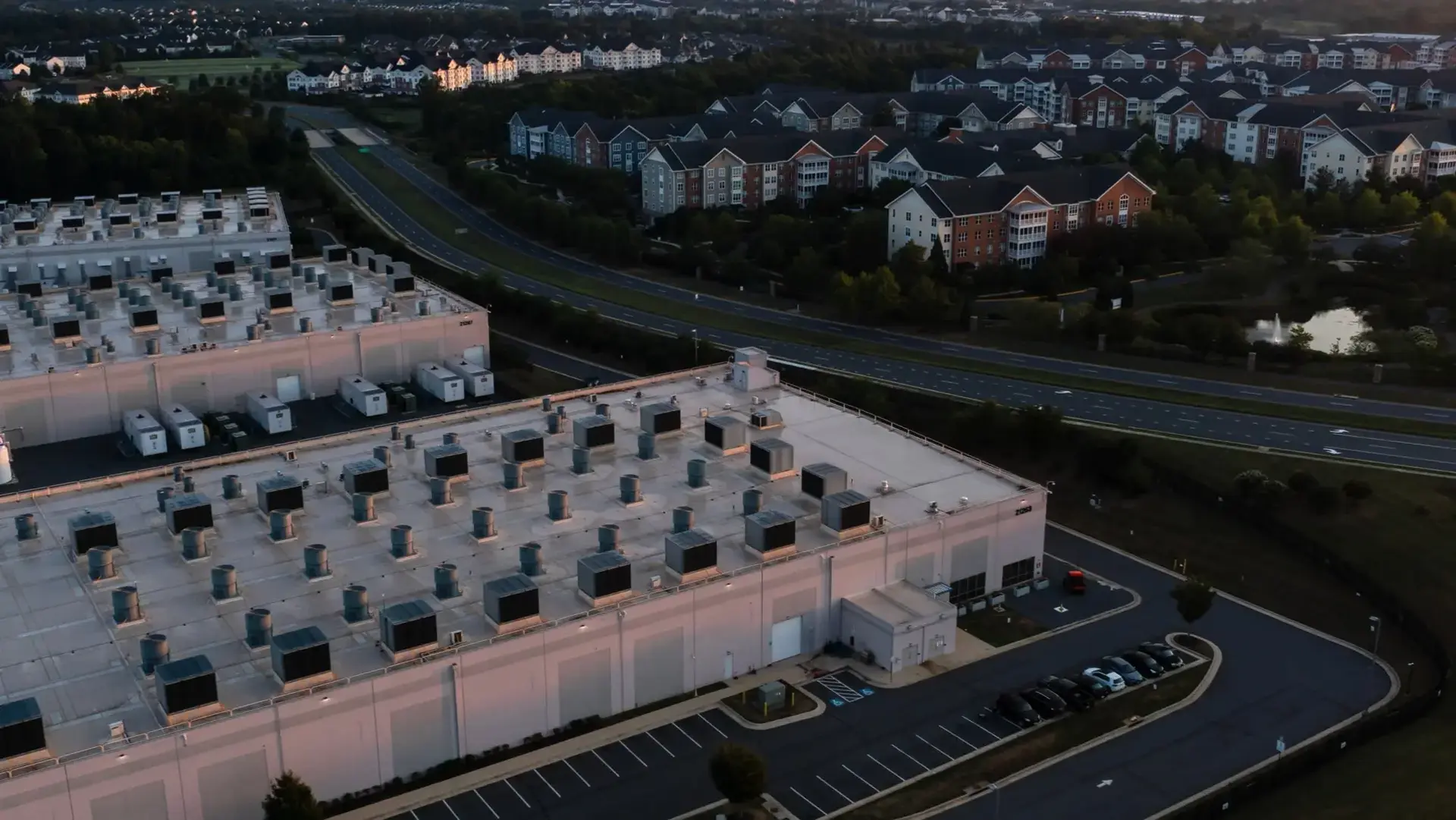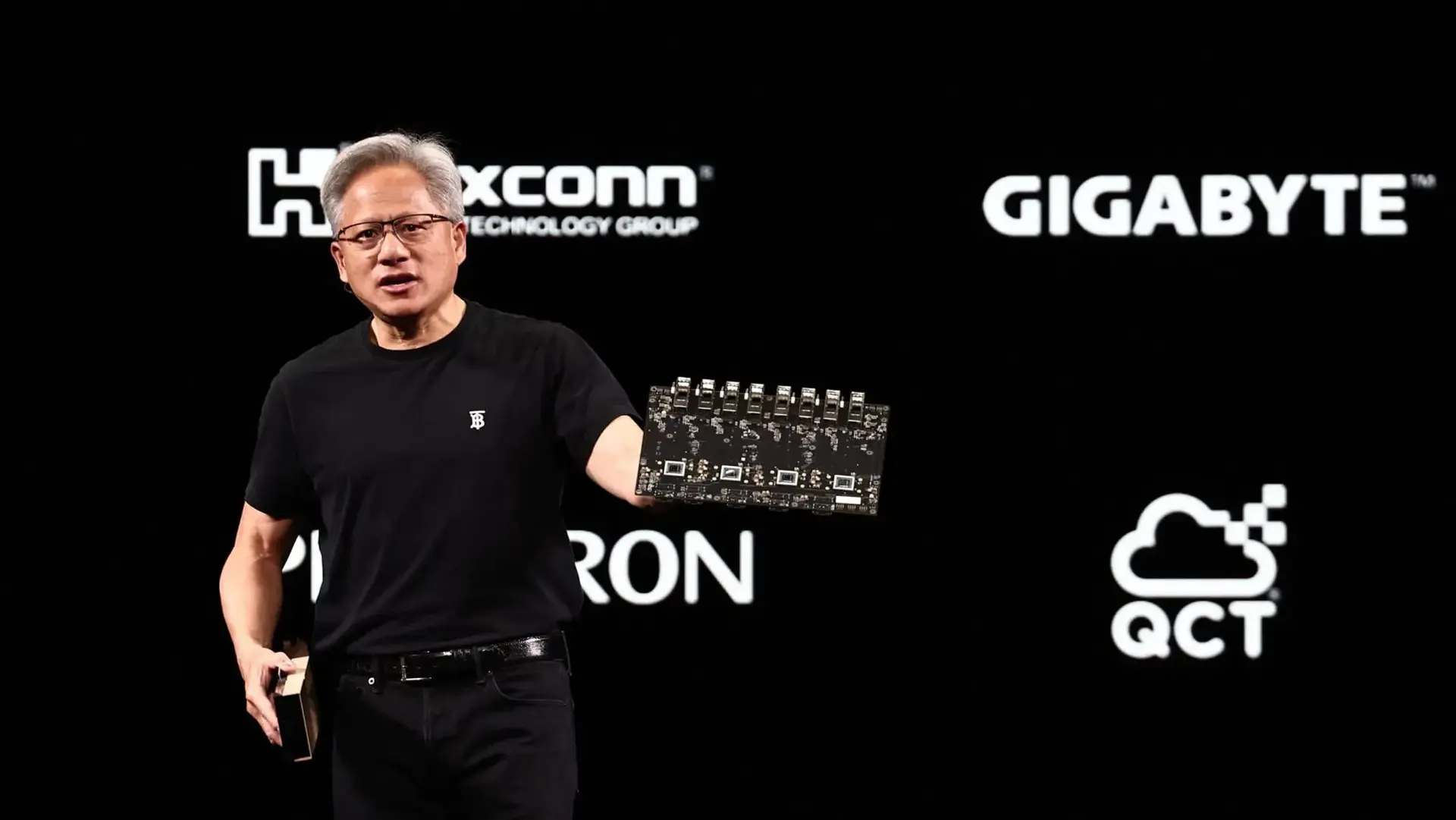The rapid expansion of AI is placing unprecedented demands on the US power grid, primarily due to the energy-intensive nature of AI data centres. These facilities, crucial for training and running AI models, consume vast amounts of electricity, comparable to small cities, and this demand is growing exponentially. Experts predict that US data centres could consume more electricity than entire countries like Japan by 2030. This surge in demand is driven by the increasing complexity of AI models and their expanding applications across various sectors. The power sector operates on longer timeframes than the tech industry, making access to electricity a major obstacle to growth.
Utilities are struggling to keep pace, facing technical and political challenges in upgrading transmission infrastructure. Regions with high data centre concentrations are already nearing capacity limits. Meeting these demands requires significant investment in new electricity generation and grid improvements. The rise in electricity demand also coincides with the electrification of vehicles and industrial processes, further straining the grid. The energy sector must adapt to serve as multidirectional distribution hosts for customers who will increasingly supply electricity to the grid as well as taking power from it.
Addressing these challenges requires collaboration between policymakers, the tech sector, and the energy industry to ensure sustainable and reliable power delivery. The increasing demand could also lead to power distortions, or "bad harmonics", which can damage home electronics and strain power grids. Investment in AI infrastructure has almost doubled since 2022, reaching $500 billion in 2024, highlighting the scale of the challenge and the need for innovative solutions to meet the energy demands of the AI revolution.




